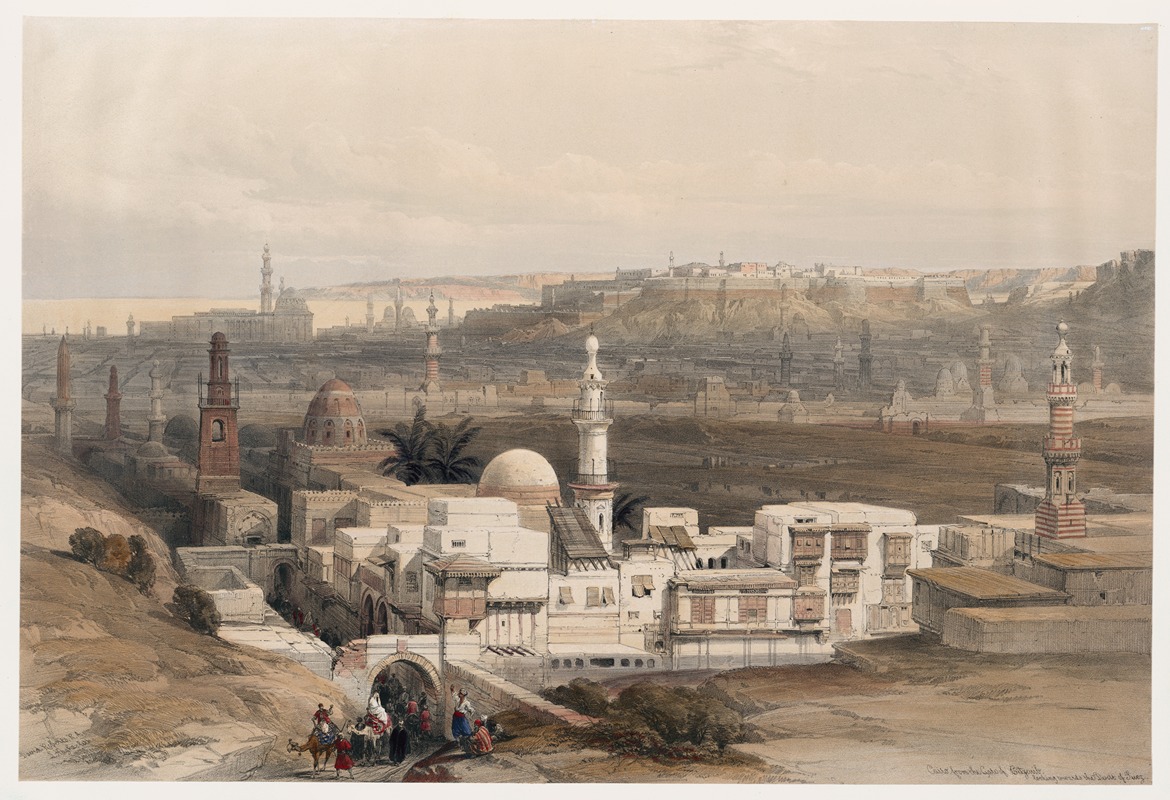
Cairo, from the gate of Citzenib, looking towards the desert of Suez.
A hand-painted replica of David Roberts’s masterpiece Cairo, from the gate of Citzenib, looking towards the desert of Suez., meticulously crafted by professional artists to capture the true essence of the original. Each piece is created with museum-quality canvas and rare mineral pigments, carefully painted by experienced artists with delicate brushstrokes and rich, layered colors to perfectly recreate the texture of the original artwork. Unlike machine-printed reproductions, this hand-painted version brings the painting to life, infused with the artist’s emotions and skill in every stroke. Whether for personal collection or home decoration, it instantly elevates the artistic atmosphere of any space.
David Roberts was a renowned Scottish painter known for his detailed and picturesque lithographs of the Middle East and North Africa. One of his notable works is "Cairo, from the gate of Citzenib, looking towards the desert of Suez," which captures a vivid scene of Cairo during the 19th century. This artwork is part of Roberts' larger collection of lithographs that document his travels in the region, specifically his journey to Egypt and the Holy Land between 1838 and 1839.
Roberts embarked on his journey to the Middle East with the intent of capturing the exotic and historical landscapes that were largely unknown to the Western world at the time. His travels were meticulously planned, and he was accompanied by an experienced guide, which allowed him to access and document sites that were rarely visited by Europeans. The result of his travels was a series of sketches that he later transformed into lithographs upon his return to Britain.
"Cairo, from the gate of Citzenib, looking towards the desert of Suez" is a testament to Roberts' skill in capturing the essence of a place. The artwork depicts a view from the gate of Citzenib, an area in Cairo, looking out towards the vast desert landscape that leads to Suez. The composition of the piece is notable for its attention to architectural detail and the way it conveys the bustling life of Cairo juxtaposed with the serene and expansive desert beyond.
Roberts' work is characterized by its precision and attention to detail, which was achieved through his use of on-site sketches and notes. His lithographs were produced with the help of lithographer Louis Haghe, who was instrumental in translating Roberts' detailed sketches into the final prints. The collaboration between Roberts and Haghe was highly successful, and their work was published in a series titled "The Holy Land, Syria, Idumea, Arabia, Egypt, and Nubia," which was released between 1842 and 1849.
The publication of these lithographs was met with great acclaim and contributed significantly to the Western understanding and appreciation of Middle Eastern culture and architecture. Roberts' work provided a visual record of many sites that were, at the time, largely inaccessible to the average European traveler. His depictions of Cairo and other locations remain valuable historical records, offering insights into the architecture, landscape, and daily life of the 19th-century Middle East.
Roberts' artistic legacy is marked by his ability to blend artistic skill with a documentary approach, providing a window into a world that was, for many, shrouded in mystery. His works continue to be celebrated for their historical significance and artistic merit, and they remain a popular subject of study for those interested in the art and history of the Middle East.
In summary, "Cairo, from the gate of Citzenib, looking towards the desert of Suez" is a prime example of David Roberts' contribution to the art world, capturing a moment in time with both artistic beauty and historical accuracy. His works have left an indelible mark on the understanding of Middle Eastern landscapes and continue to be appreciated for their cultural and historical value.





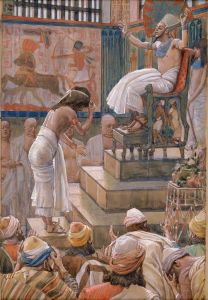
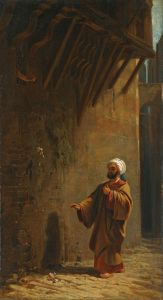

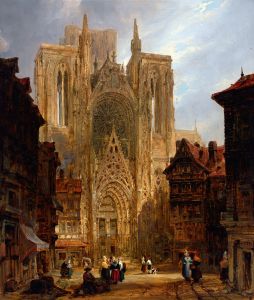
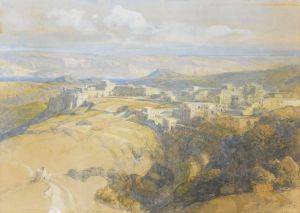
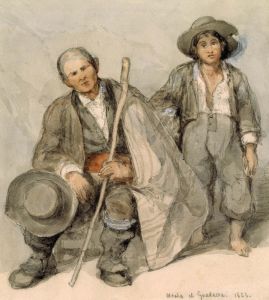

![Karnac [Karnak]. Nov. 29th, 1838.](/imgs/217502/s/david-roberts-karnac-karnak-nov-29th-1838-8df2346d.jpg)
![Medint [sic] Abou [Medinet Habu], Thebes. Dec. 8th, 1838.](/imgs/217511/s/david-roberts-medint-sic-abou-medinet-habu-thebes-dec-8th-1838-4bc38982.jpg)
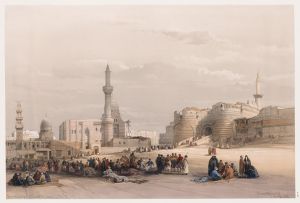
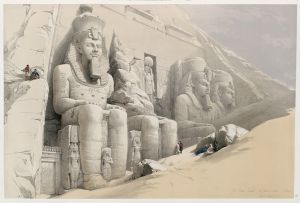

![View on the Nile looking towards the pyramids of Dashour [Dahshûr]and Saccara [Saqqârah].](/imgs/217572/s/david-roberts-view-on-the-nile-looking-towards-the-pyramids-of-dashour-dahshurand-saccara-saqqarah-6cb692fe.jpg)
![Group of Nubians, Wady Kardasey [sic] [Qirtâsî].](/imgs/217579/s/david-roberts-group-of-nubians-wady-kardasey-sic-qirtasi-c64109d2.jpg)